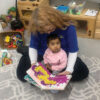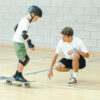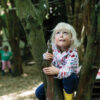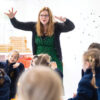
We all understand the importance of teaching our children timeless life lessons, such as using good manners and being kind to others. However, one important lesson many of us tend to overlook is teaching our children about the value of money.
The truth is, less than half of children in the UK receive meaningful financial education, whether at home or in school.
Mindy Paul, a wealth accumulation mentor known as the “$100 Million Dollar Coach,” explains below why this is so crucial.
Our relationship with money starts in early childhood. Giving children a proper education about money helps them develop healthy financial habits, make smarter decisions, and set themselves up for a successful future, which is something every parent wants for their child.
Struggling to tackle this tricky topic? Mindy shares some simple, powerful tips for teaching children about money. Here’s what he recommends:
Teach earning
As a parent, it’s easy to be tempted to spoil them rotten. That said, there’s a lot to be said about teaching your child the value of entrepreneurship.
Growing up, I pursued various forms of entrepreneurship, from valeting cars to selling sweets at school.
While I wouldn’t recommend children follow in my footsteps on the latter, not handing them everything on a plate and encouraging them to earn their own money sets them up for success.
If there’s a treat your child wants, trade them the money to buy it with some small, age-appropriate jobs or tasks. This teaches them the relationship between income and effort, and gives them a better understanding of the value of money.
It also introduces the concept of delayed gratification, showing them how to be patient and plan toward their goals.
Encourage collaborative thinking
Children are brimming with ideas and seem to have a new future career on the cards every week.
When your child is talking about their ideas, for instance, their plans of starting a bake sale or selling their crafts, encourage them to enlist the help of their friends.
Encouraging teamwork helps them see the value of diverse talents and working as a team. For instance, one child may be great at baking, while another is skilled at decorating the stall or spreading the word to friends and family.
Teach them that collaboration can multiply their efforts. As one person, you may be able to make a good amount of money. However, if there are others with different skill sets to your own around you, you have the potential to grow even further.
Lead by example
If you’re sheepish and elusive when discussing money with your child, this enforces the notion that money is something that shouldn’t be talked about.
The fact is, money isn’t something to be ashamed of. We should be able to openly talk about money and treat it as a practical and essential part of life.
So, lead by example. Have age-appropriate conversations with them about household bills, work, savings and other money-related subjects. Let them see how you manage your money responsibly.
Show them how you budget for essentials, save for the future, and even treat yourself occasionally. This transparency puts them in great stead for years to come.
Simplify savings and investments
Many of us struggle to wrap our heads around the likes of investments now, but think about how much further ahead you’d be if you were taught from a young age?
The concepts of savings and investments can be simplified. For instance, you can say things like, “You can have one toy now, or two if you put the money away until later.” This introduces them to the idea of making choices that benefit their future.
You could also encourage them to use jars labelled ‘Spend’, ‘Save’ and ‘Share’, to help them allocate their money wisely and consider short-term, long-term, and charitable aspirations.
Introduce the idea of charity
It’s all good and well teaching your children to be responsible with money, but it’s equally important to teach them the value of sharing with others.
Encouraging them to donate to charity, for instance by dedicating their spare change to placing in charity collection boxes, fosters empathy. It also can teach them valuable life skills such as leadership, resilience, social responsibility, and problem-solving. By helping others, they also learn the satisfaction and pride that comes from giving back to their community.
For further information please visit www.mindypaul.com





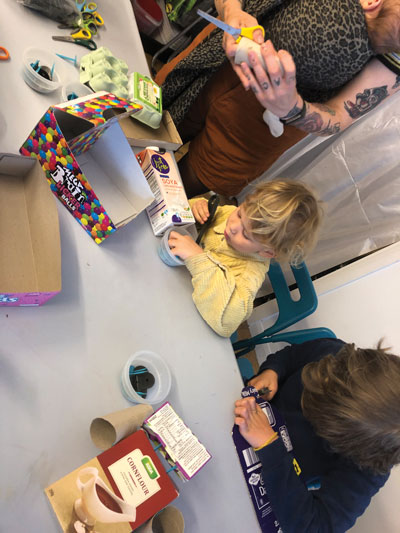
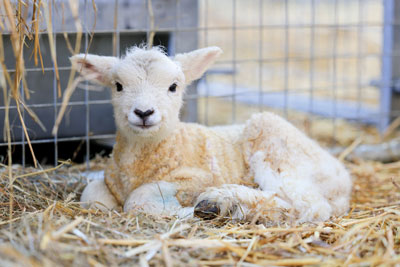


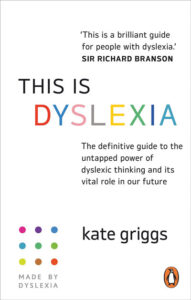 Dyslexic Thinkers) and This is Dyslexia (a book for adult Dyslexic Thinkers) – a new and revised edition was published in October 2024.
Dyslexic Thinkers) and This is Dyslexia (a book for adult Dyslexic Thinkers) – a new and revised edition was published in October 2024.


